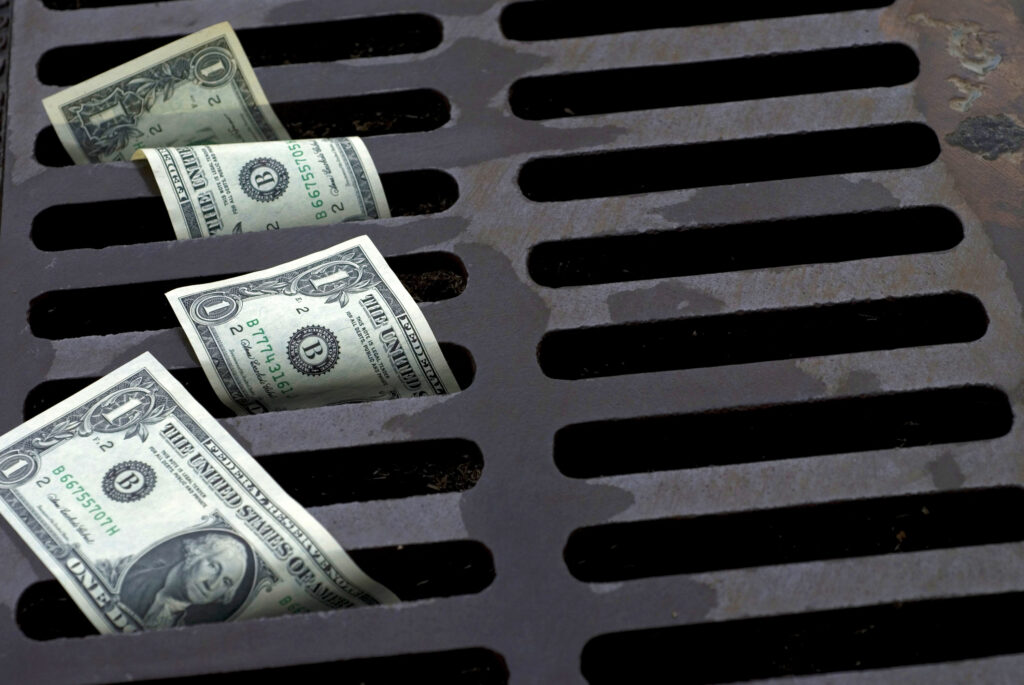The marketing of loan refinancing presents itself as a fast solution to achieve financial freedom. The lenders present their offers with reduced interest rates and reduced monthly payments and the promise of financial independence. The attractive refinancing offers conceal a hidden truth which reveals additional costs and extended debt periods and substantial interest payments when consumers fail to read the small print.
The article examines the concealed risks of refinancing through actual statistics and professional methods to prevent turning a seemingly beneficial decision into a financial catastrophe.
Why Loan Refinancing Seems So Attractive
The average interest rate for personal loans in the U.S. reached 11.5% in 2025 according to Bankrate which drives borrowers to seek better loan terms through refinancing. The most common promises include:
- Lower monthly payments.
- Reduced interest rates.
- Debt consolidation for simplicity.
The catch? The benefits of these offers typically include expenses that eliminate any potential savings.
Hidden Risks of Loan Refinancing
1. The Illusion of Lower Monthly Payments
A reduced monthly payment doesn’t mean you’re saving money—it usually means you’re paying longer.
Example:
- Original loan: $20,000 at 6% over 3 years = $608/month.
- Refinanced loan: $20,000 at 5% over 6 years = $322/month.
Monthly savings? Yes. Total interest paid? +$3,200 extra.
2. Refinancing Fees Add Up Quickly
The process of refinancing includes various fees which include:
- The origination fees range between 1% to 3% of the total loan amount.
- The total cost of closing a mortgage loan ranges between $2,000 and $4,000.
- Appraisal and title fees.
- Prepayment penalties.
A $200,000 mortgage refinancing with a 2% fee requires a $4,000 upfront payment which might eliminate the benefits of obtaining a lower interest rate.
3. Resetting the Interest Clock
The majority of interest payments in amortized loans occur during the initial period of the term. The refinancing process creates a new cycle which requires you to pay mostly interest instead of principal during the initial period.
4. Cash-Out Refinancing Traps

Through cash-out refinancing you can obtain loans that use your home equity as collateral. The housing market collapse in 2008 caused property values to drop so low that homeowners found themselves with homes worth less than their outstanding mortgage balances which blocked both selling and refinancing options.
5. The Psychology of “Debt Relief”
Lower payments create an illusion of financial independence. Experian reports that more than 35% of borrowers who refinance their loans end up taking on new debt within 12 months which eliminates any potential savings they made.
When Refinancing Works — and When It Doesn’t
Refinancing makes sense when:
- The interest rate drops significantly (e.g., 7% → 4%).
- You plan to pay off early and avoid extending the term.
- You’ve calculated the net savings (interest minus fees).
Otherwise, as explained in The Loan Mistakes That Make Banks Rich — and People Poor, refinancing can be a tool banks use to extract more money from unaware borrowers.
Red Flags of a Bad Refinancing Deal
- The total interest paid over time is higher than your current loan.
- The loan term is longer than your remaining term.
- The “promotional” interest rate jumps significantly after 6–12 months.
- Fees or penalties outweigh the savings.
Real-Life Case Study
Sarah used refinancing to transform her $25,000 auto loan into a payment plan that reduced her monthly expenses from $500 to $300.
- The loan period stretched from 4 years to 7 years.
- The borrower paid a $600 origination fee.
- The total interest paid during the loan period rose by $3,800.
She needed a new car during year 5 but still had $9,000 remaining on the original loan which created a common refinancing problem.
Expert Tips to Avoid Refinancing Pitfalls
- The total cost includes principal amount together with interest payments and fees rather than just the monthly payment amount.
- APR represents the total cost of borrowing which includes all fees in addition to interest rates. APR includes all fees.
- You should not extend loan terms unless absolutely necessary.
- Be cautious about variable interest rates because they can cause your total cost to double when rates increase.
- You should pay more toward the principal amount instead of refinancing your loan to make smaller monthly payments.
FAQ
1. Is refinancing always a bad idea?
Not if you save both interest and time. But if it only reduces your monthly payment while extending debt, it’s a trap.
2. Are fees negotiable?
Yes, many origination and closing fees can be reduced if you negotiate.
3. Is refinancing better than debt consolidation?
Not always — consolidation can sometimes create similar hidden costs.
Refinancing does not always represent a negative decision but banks typically present it as a solution that rarely delivers the promised benefits.
The main question to consider is:
“Will this save me money overall, or am I just resetting my debt clock?”
When you cannot answer “yes” to the first part it is time to step back and read our guide on The Loan Mistakes That Make Banks Rich — and People Poor to understand how banks profit from borrower errors.
